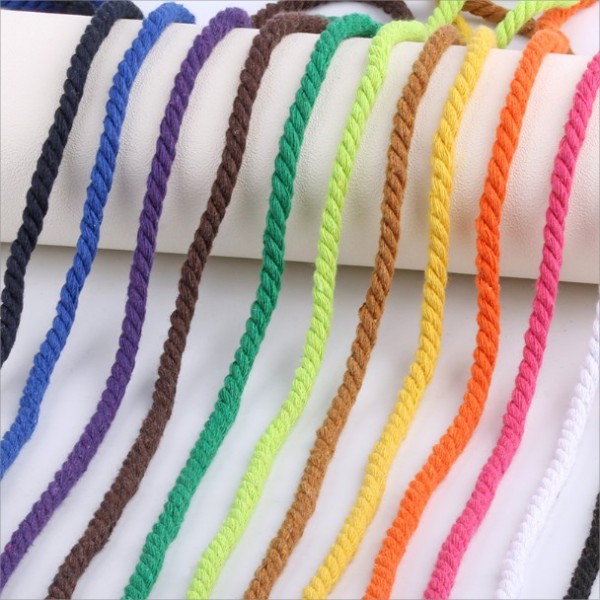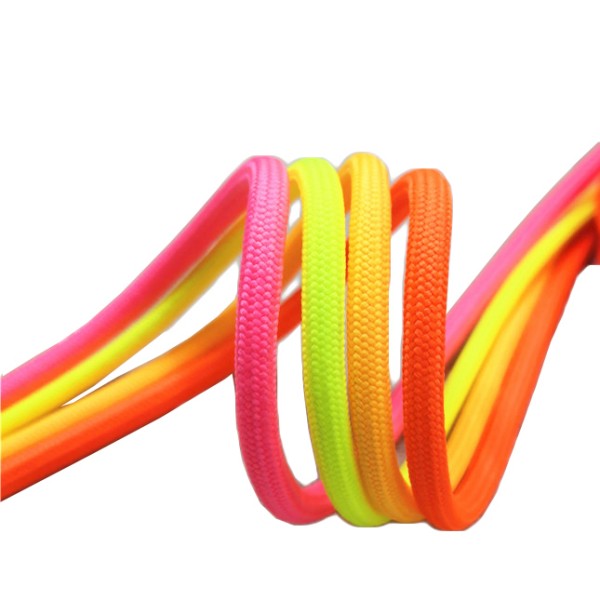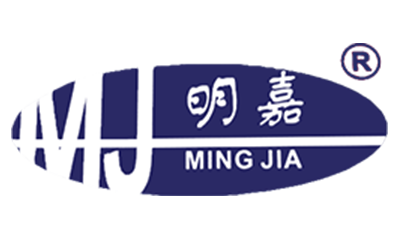
Cotton, polyester, nylon: similarities and differences between three common textile materials
2024-12-09
In the textile industry, the choice of materials is crucial for the characteristics and purpose of the product. Cotton, polyester and nylon are three very common textile materials, each of which has unique characteristics and areas of application.
Today, let's consider the similarities and differences between these three materials.
Cotton (Cotton)
Cotton is a natural fiber obtained from the seeds of the cotton plant. It is known for its comfort, breathability and hygroscopicity, which makes it the perfect material for the manufacture of clothes, bedding and medical products.
Advantages:
Hygroscopicity: cotton is able to absorb moisture and hold the skin dry.
Air permeability: voids between cotton fibers allow you to circulate air, providing good breathability.
Softness: cotton fiber soft, friendly for the skin and is suitable for sensitive skin
flaws:
It is easy to frown: cotton fibers are easy to develop and need frequent ironing.
Easy shrinkage: cotton without special processing can be seated after washing.

Polyester (Polyester)
Polyester is a synthetic fiber that is distinguished by its strength and durability. This is a polyester fiber obtained by polymerization of petrochemical products.
Advantages:
Durability: polyester has high strength, resistance to wear and long service life.
Elastic recovery: polyester fiber can quickly recover from deformation and not easily frowning.
Quickly dry: polyester does not absorb water, so it will dry quickly.
flaws:
Irnoveness: polyester fiber does not penetrate the air and can cause discomfort when wearing.
It does not absorb moisture: polyester does not absorb moisture and does not fit as intimate clothes.

Nylon (nylon)
Nylon, also known as polyamide fiber, is another type of synthetic fiber. It is popular with its lightness, softness and high strength.
Advantages:
Strength: nylon is very durable, resistant to wear and is not easy to break.
Elasticity: nylon has good elasticity and is able to maintain shape.
Easy: nylon is light, suitable for outdoor activities and sports equipment.
flaws:
Heat -resistant: nylon melts easily at high temperatures, so it requires careful handling.
Poor hygroscopicity: nylon is not as hygroscopic as cotton, and may not fit for a hot and humid environment.

Resume of similarities and differences
1. Source
Cotton is a natural fiber, while polyester and nylon are synthetic.
2. Comfort
Cotton is more convenient due to its moisture -absorbing and breathing properties and is suitable for approaching the body. Polyester and nylon, in turn, are suitable for outdoor activities because of their rapidly drying and wear resistance.
3. Durability
Nylon and polyester have better durability than cotton, but the natural properties of cotton make it more popular.
4. Cost
Cotton is usually more expensive than synthetic fibers, but it also depends on the quality and processing process.
Knowing the characteristics of these materials helps us better choose textiles suitable for specific use, whether it is everyday wearing or special cases. Cotton, polyester and nylon have their advantages, and their combined use allows you to create products that are simultaneously beautiful and practical.




![[Dongguan Mingjia Rope Belt Weaving Co., Ltd.] reveals the technological process of tape production](https://cdn.cnyandex.com/mjtrims/uploads/cdscdscd1.jpg)
![[Dongguan Mingjia Rope Belt Weaving Co., Ltd.] reveals a thin process of making laces](https://cdn.cnyandex.com/mjtrims/uploads/VCG41N1248449033.jpg)
![[Dongguan Mingjia Rope Weaving Co., Ltd.] Successfully appeared at the clothing exhibition in Las Vegas, USA](https://cdn.cnyandex.com/mjtrims/uploads/csdcsadcsa3.jpg)